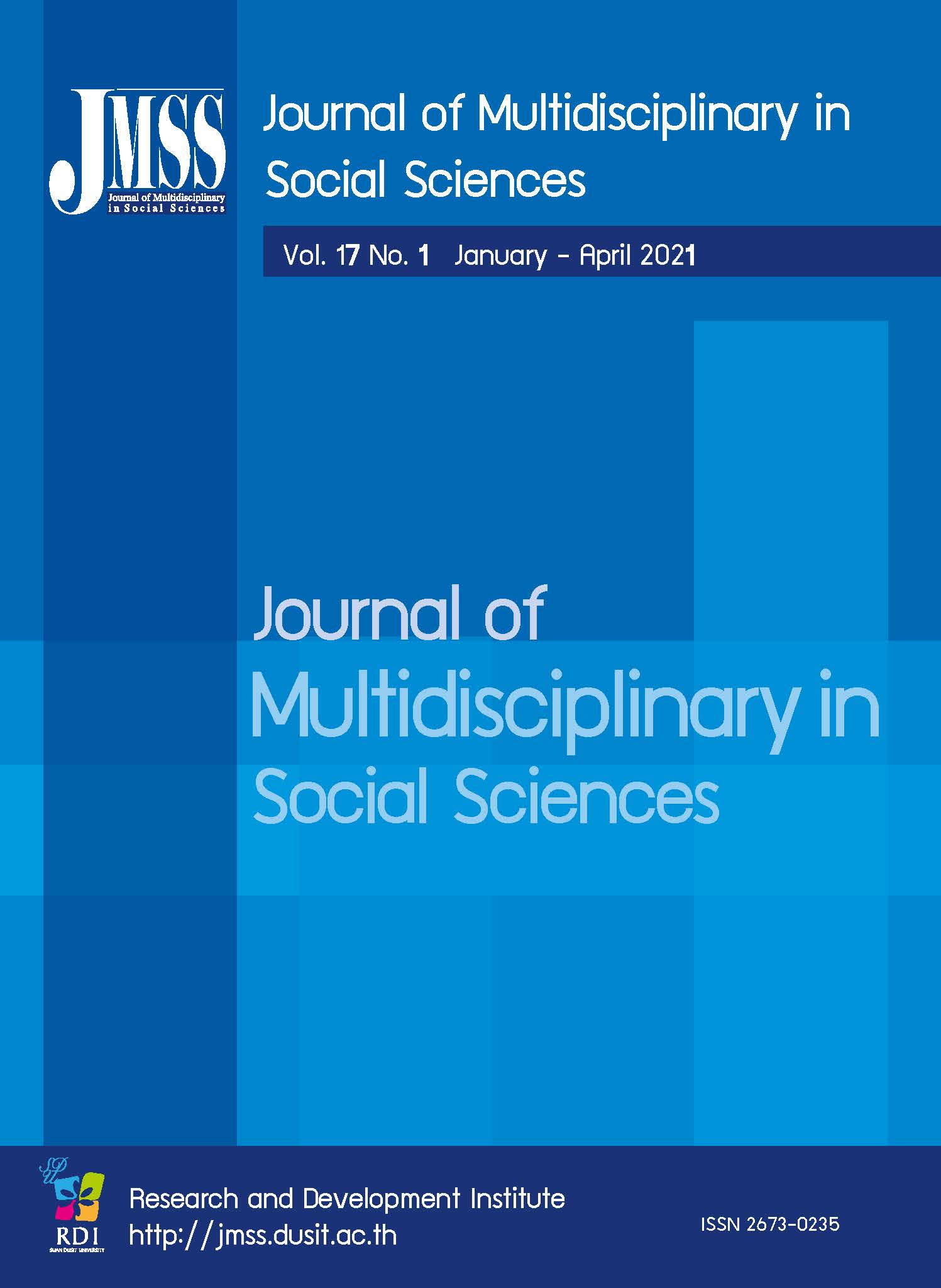Educational Technology Utilization and Effectiveness in Public Elementary Schools in District I, Isabela Negros Occidental, Philippines
Keywords:
Technology in education, Technology utilization, Technology effectiveness, Senior high schoolAbstract
This study's central goal was to investigate the degree of the utilization and effectiveness of technology integrated into teaching pupils and to make suggestions for more effective incorporation of technology in education among teachers in District 1 of Isabela Negros Occidental, Philippines. This study employed a descriptive research design. The study respondents were 171 teachers selected from 12 public elementary schools in District I of Isabela, Negros Occidental, Philippines during 2015-2016. Simple random sampling was used. The researcher used a validated self-made questionnaire for data gathering. Frequency count, percentage distribution, mean, standard deviation, t-test, and Pearson r were employed for data analysis. The results revealed that the degree of technology integration in teaching pupils was minimal, yet it is effective. The younger teachers utilized technology more than the older teachers did; there was a significant difference in the degree of technology utilization in teaching pupils when respondents were grouped according to the length of service [F(4, 166) = 13.389, p = 0.000]; both male and female teachers utilized technology in the same manner. Teachers were more likely to incorporate educational technology into their classrooms since they were aware of its relevance. Specific school procedures on how technology should be used within the school did not influence teachers confident with using technology in their classroom. The Department of Education and stakeholders are encouraged to provide more technologies in the classroom as students learn better with technology.
References
Almeqdade, J.C., (2010). Benchmarking: a tool for facilitating organizational learning. Public Administration and Development, 22(2), 109-122.
Belawati, E.R. (2013). An investigation of factors influencing the use of technology by middle school principals. (Unpublished doctoral dissertation), Fayetteville State University., New Jersey.
Buehl, L. (2012). WebCT and a e-learning tool: a study of technology student's perceptions. Journal of Technology, 15(1) 6-16.
Chang & Wu K. T.,(2013). Technology in the classroom: What shall I do? New York: Garland Publishing, Inc.
Collins, M. (2014). Factors influencing the effective use of technology for teaching and learning: lesson learned from the SEIR-TEC intensive site schools. [Brochure]. Southeast and Islands Regional Technology in Education Consortium.
Curtis, W. J. (2015). America's technology literacy challenge – Overview. [On-line]. The White House, Retrieved December 1, 2020, from http://clinton4.nara.gov/WH/New/edtech/0cont.html
Dede, L. (2014). The ABCs of the k-12 virtual community. AACE Journal, 12(3), 343-347.
Delicath, R. (2012). Effects of technology integration education on the attitudes of teachers and students. Journal of Research on Technology in Education, 34(4), 411- 434.114
Freeman, L. (2011). Teachers and machines: the classroom use of technology since 2010. New York: Teachers College Press.
Green, W. (2014). Roots of technology in education: Standards project. The Journal of Technology Studies, 26(12), 96 - 98.
Gulbahar, R. & Bates, A. (2011). Teaching faculty how to use technology: Best practices from leading institutions. Connecticut: The Oryx Press.
Hadley, M., & Shiengold W. (2012). Educational research: An introduction (17th ed.). Boston: Pearson Education Inc.
Henry, G., (2012). Framework for Integrating Technology. Retrieved July 25, 2007, from http://public.doe.k12.ga.us/indexsite/
Hubona, N.E., (2014). The state of George K-12 Technology Plan. Retrieved January 1, 2016, from http://public.doe.k12.ga.us/indexsite/
Inah, L.P. & Lowther F.G., (2014). Office of Instructional Technology and Media: Integrating technology into the classroom. Retrieved January 5, 2016, from http://public.doe.k12.ga.us/indexsite/
Koh, S. & Frick,D., (2013). The impact of internet-based learning on student achievement. British Journal of Educational Technology, 34(1) 95-98.
Krapfl JE. Behaviorism and Society. Behav Anal. 2016; 39(1) :123-9. doi:10.1007/s40614-016-0063-8 From https://www.verywellmind.com/behavioral-psychology-4157183#citation-1
Harrison, A.W. & Rainer.Jr, R.K. (1992). The influence of individual differences on skill in end-user computing. Journal of Management Information Systems, 9 (1), 93-111
Malone JC. Did John B. Watson Really "Found" Behaviorism? Behav Anal. 2014;37(1):1-12. doi:10.1007/s40614- 014- 0004-3. From McLeod, S. A. (2019, July 17). Constructivism as a theory for teaching and learning. Simply Psychology Retrieved December 5,2020, from https://www.simplypsychology.org/constructivism.htm
Moeller, J. & Abrams, P. (2012). Computers for twenty-first century educators. New Jersey: Pearson Education, Inc.
Muecher, J. W., et al (2014). Successful strategies for saving and securing technology funding.T.H.E. Journal, 31(6), 38-39.
Perkins, K. (2012). The link between technology and authentic learning. Educational Leadership, 24(10), 15-18.
Ringstaff, C. & Kelley, L. (2014). The learning return on our educational technology investment. San Francisco: WestEd. Retrieved December 10, 2020, from http://www.wested.org/cs/we
Scheffer&Logan, A. (2014). Computers in the schools: A guide to planning and administration. Toronto: Macmillan Publishing Company.
Starr, P. (2012). Research in technology education: back to the future. Journal of Technology Education, 13(2), 68-72.
Teo, T.V.,(2012). An evaluation of the InTech Project in Georgia. Unpublished doctoral dissertation, Kennesaw State University, Kennesaw
Vermette, S. N., (2012). Enhancing curriculum and instruction through technology. The Journal, 32(12), 31-34
Downloads
Published
How to Cite
Issue
Section
License

This work is licensed under a Creative Commons Attribution-NonCommercial-NoDerivatives 4.0 International License.








